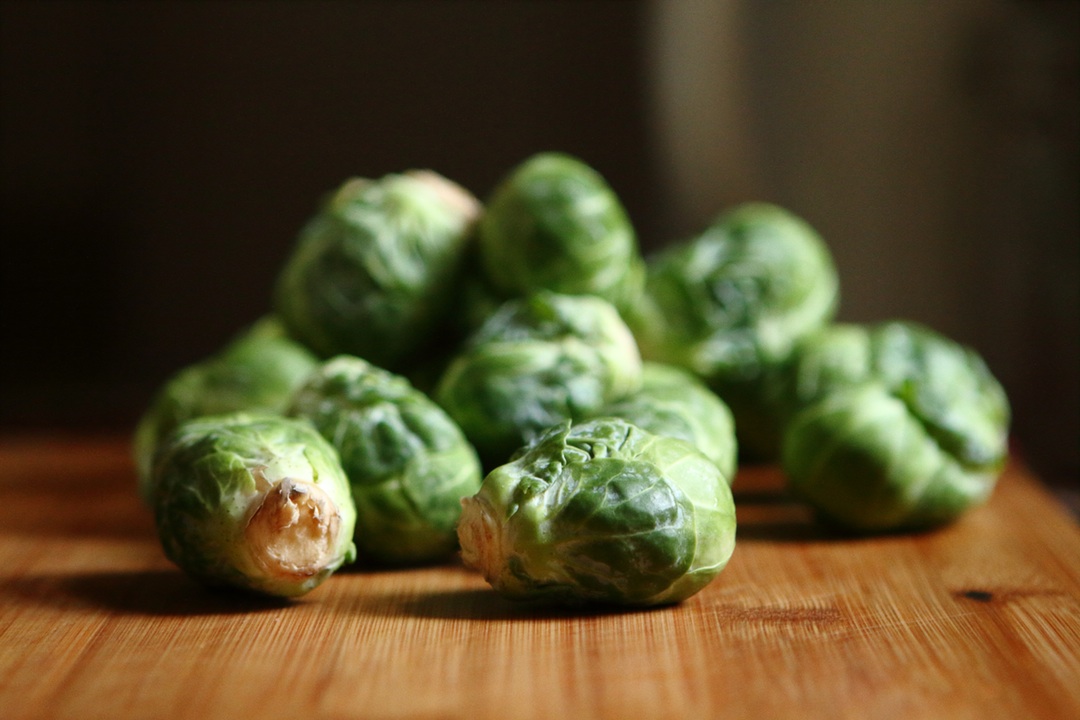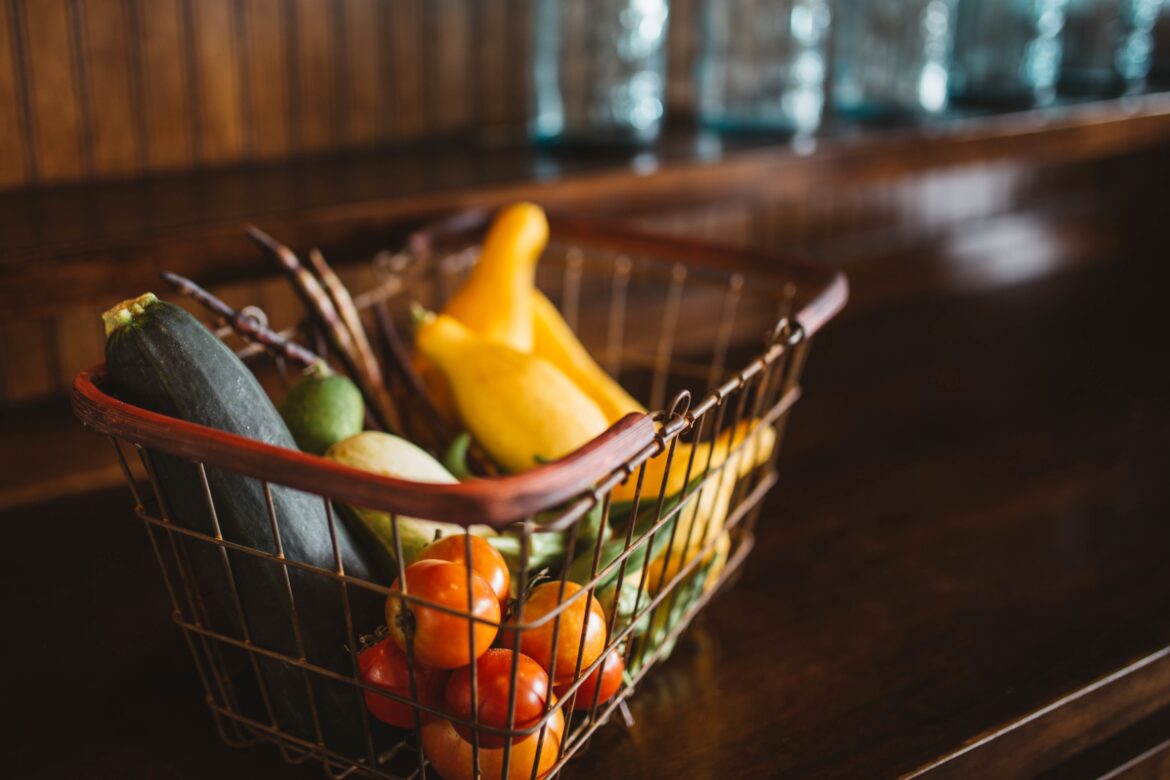In my last two blogpost I wrote extensively about LIGHT! We discussed how light affects us positively and negatively. Sunlight also affects how crops are grown and determines what foods grow in season. You’re probably saying “okay, great… but why should I eat in-season?”, right? I am about to answer that question and explain why it is beneficial to do so.
When you are disconnected from Earth (not grounded), not hydrated, not getting proper light (Visible, UV, IR), AND getting lots of artificial light (AL) then your nutrition is even more important to optimizing your health. (Kruse, 2016) Sunlight has different frequencies during the day and also throughout the year. Depending on what part of the world you live in, the seasonal changes may come with a drastic climate change. If you are absorbing sufficient amounts of sunlight regularly throughout the year your body will know exactly what time of the year it is. Your body will adapt its fat storage, hormonal fluctuations, body temperature changes, and sleep habits based on the time of year.
An abundance of produce is grown only during warm months in the “Midwest”. I grew up in Wisconsin and regularly heard the phrase “knee high by the 4th of July”. The vegetables and produce that are in Wisconsin this month are very different than the vegetables and produce in-season right now in Arizona. The southwest area of the United States, Mexico, Central and South America are able to grow different crops almost year-round due to the warmer temperatures throughout. The crops that grow well in Wisconsin during the summer require different frequencies of light than crops that will survive the summer heat in Arizona.
The location of where you live determines when the sun rises and falls, the frequencies of light that are absorbed by us and also crops. When you consume in season vegetables you are also consuming the in-season frequencies with it! If you are outside absorbing light as well, this is a circadian match made in heaven.
The frequency you give the eye and the microbiome needs to be matched and yoked. If not, chaos is the reality you get in the brain…that is the essence of the brain gut axis.
(Kruse, 2016) Farmer’s markets are almost exclusively outside, how awesome is that, and they are a great way to utilize and find in-season vegetables. Farmer’s markets will be able to supply you with fresher produce than most of your local grocery stores. You also get to support local businesses rather than the big corporations. Before heading to your local farmer’s market search what in-season vegetables you should be consuming in your weekly meal planning. At the end of this blog I will include Arizona’s in-season produce categorized by month.
Now for those of you who live somewhere that experiences the cold harsh winters, and you’re like “humphhhhh yeaaaa let me get to a farmer’s market in December in my snow boots….”, I got you! I will briefly discuss fermentation here, but see Fermentation Blogpost if you really want to understand the benefits of fermenting and a step-by-step process how to. For those of you who have never heard of “ferments”, it is simply a type of food. Kimchi and sauerkraut are examples of fermented foods. Fermenting allows you to preserve produce in a manner that lets you eat it weeks and/or months later. Fermenting will preserve the integrity of the produce and during the fermentation process creates amazing probiotics that your gut-health will love. When you ingest fermented foods, you are still ingesting the UV rays that the produce harvested during its growth time. Our skin and eyes absorb UV to signal many processes in our bodies. Our gut also absorbs UV during the breakdown of eating ferments! Specific UV frequencies signal hormones to synthesize in our brain. This is one example of the brain-gut connection. Eating ½ a cup – a cup of ferments prior to at least one meal a day will aide in digestion, help clear up skin issues, and assists in the breakdown of any other proteins, healthy fats, carbohydrates you may eat too. You can ferment virtually any produce that you want, all you need is sea salt, water, and the produce. If you visit my recipes you will find some of my favorite homemade ferment recipes and concoctions!
Your environment should determine your nutrition. The less optimal your environment, the more important it is that you are conscious of what you eat.
Our bodies have the ability to thrive if given the right resources. Fuel your life with the right environment and in season vegetables to enlighten your life!
Arizona produce in season by month:
January:
Arugula, Beets, Bok Choy, Broccoli, Broccoli raab, Brussel sprouts, Cabbage, Carrots, Celeriac/celery root, Clementines, Grapefruit, Green onion/scallions, Greens, Herbs, Kohlrabi, Leeks, Lemons, Lettuce, Oranges, Parsnips, Radishes, Rutabagas, Spinach, Sweet potatoes, Tangerines, Turnips
February:
Arugula, Beets, Bok Choy, Broccoli, Broccoli raab, Brussel sprouts, Cabbage, Carrots, Celeriac/celery root, Clementines, Garlic, Grapefruit, Green onion/scallions, Greens, Herbs, Kohlrabi, Leeks, Lemons, Lettuce, Oranges, Parsnips, Radishes, Rutabagas, Spinach, Strawberries, Sweet potatoes, Tangerines, Turnips
March:
Arugula, Asparagus, Beets, Bok Choy, Broccoli, Broccoli raab, Brussel sprouts, Cabbage, Carrots, Celeriac/celery root, Clementines, Garlic, Grapefruit, Green onion/scallions, Greens, Herbs, Kohlrabi, Leeks, Lemons, Lettuce, Oranges, Parsnips, Radishes, Rutabagas, Spinach, Strawberries, Sweet potatoes, Tangerines, Turnips, Zucchini Blossoms
April:
Arugula, Asparagus, Beets, Cabbage, Carrots, Celeriac/celery root, Cucumbers, Garlic, Greens, Herbs, Leeks, Lemons, Lettuce, Onions, Peas, Potatoes, Radishes, Spinach, Squash (summer), Strawberries, Sweet Onions, Zucchini, Zucchini Blossoms
May:
Apricots, Arugula, Beets, Blackberries, Carrots, Cucumbers, Garlic, Greens, Herbs, Leeks, Lettuce, Nectarines, Onions, Peaches, Peas, Potatoes, Radishes, Spinach, Squash (summer), Sweet Onions, Tomatoes, Zucchini, Zucchini Blossoms
June:
Apricots, Blackberries, Blueberries, Corn, Cucumbers, Figs, Garlic, Green beans, Herbs, Leeks, Melons, Nectarines, Onions, Peaches, Peas, Plums & pluots, Potatoes, Squash (summer), Sweet Onions, Tomatoes, Zucchini, Zucchini Blossoms
July:
Apples, Black-eyed peas, Blueberries, Chiles, Corn, Cucumbers, Figs, Garlic, Grapes, Green beans, Herbs, Leeks, Melons, Nectarines, Okra, Onions, Peaches, Plums & pluots, Potatoes, Shelling Beans, Squash (summer), Sweet Peppers, Tomatoes, Zucchini, Zucchini Blossoms
August:
Apples, Basil, Black-eyed peas, Chiles, Corn, Cucumbers, Figs, Grapes, Green beans, Herbs, Melons, Okra, Peaches, Pears, Plums & pluots, Potatoes, Pumpkins, Shelling Beans, Squash (summer), Squash (winter), Sweet Peppers, Tomatoes, Zucchini, Zucchini Blossoms
September:
Apples, Arugula, Basil, Black-eyed peas, Chiles, Corn, Cucumbers, Figs, Green beans, Herbs, Okra, Pears, Potatoes, Pumpkins, Shelling Beans, Squash (summer), Squash (winter), Sweet Peppers, Tomatoes, Zucchini, Zucchini Blossoms
October:
Arugula, Basil, Bok Choy, Broccoli, Carrots, Corn, Dates, Figs, Green beans, Green onion/scallions, Herbs, Key limes, Lettuce, Potatoes, Pumpkins, Radishes, Spinach, Squash (winter), Sweet Peppers, Tomatoes, Turnips
November:
Arugula, Basil, Beets, Bok Choy, Broccoli, Carrots, Dates, Green onion/scallions, Herbs, Key limes, Lettuce, Pumpkins, Radishes, Spinach, Squash (winter), Tomatoes, Turnips
December:
Arugula, Beets, Bok Choy, Broccoli, Broccoli raab, Brussel sprouts, Carrots, Clementines, Grapefruit, Green onion/scallions, Greens, Herbs, Kohlrabi, Leeks, Lemons, Lettuce, Oranges, Parsnips, Radishes, Rutabagas, Spinach, Sweet potatoes, Tangerines, Turnips
References
Arizona Produce in-Season. (n.d.). Retrieved February 28, 2016, from http://fillyourplate.org/produce-season.html
Kruse, J. (2016, February 17). TIME #9: THE “DARK KNIGHT” OF REGENERATION? – Living an Optimized Life. Retrieved February 28, 2016, from https://www.jackkruse.com/the-dark-knight/








